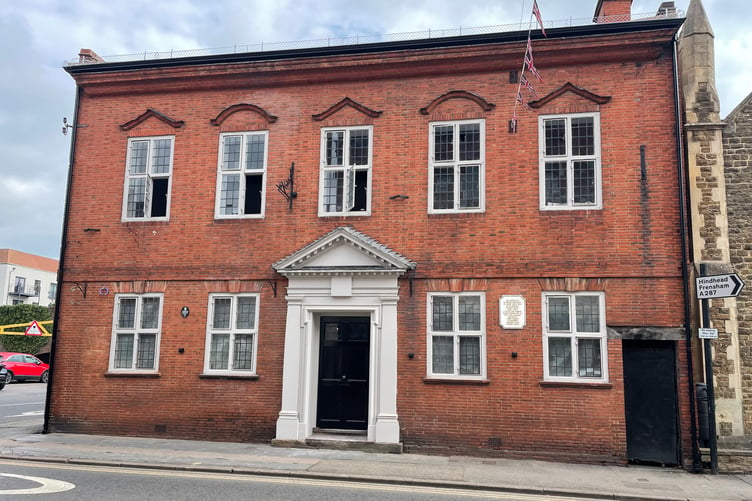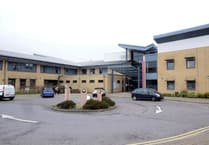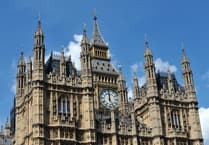News that the former Liberal Club on South Street is set to reopen as a gastropub has brought renewed attention to one of Britain’s most celebrated architects: Sir Edwin Lutyens.
Though raised in nearby Thursley, Lutyens never lived in Farnham, but his connection to the town is indelible. Farnham played a vital role in shaping his early career, and the town’s architecture still bears his unmistakable imprint.
Designed in 1894, the Liberal Club is one of Lutyens’ most significant early buildings, marking his first foray into the Neo-Georgian style. Just a few years earlier, in 1889, he received his first major commission: Crooksbury, a country house on Farnham’s outskirts, created when he was only 20 and still apprenticed to the London architect Ernest George. The commission came from Arthur Chapman, a family friend and chairman of the Farnham Liberals.
His most ambitious project was as chief architect of New Delhi, India, where he created the monumental Viceroy’s House (now Rashtrapati Bhavan), which came to symbolise imperial grandeur.
He also designed Castle Drogo in Devon, the last castle built in England, fusing medieval form with modern function, an enduring example of his ability to blend innovation with tradition.
Lutyens’ early Farnham works, modest in scale but grand in ambition, remain elegant examples of his emerging style. His influence also shaped the next generation, notably Harold Falkner, who helped define Farnham’s architectural identity.
So, as well as offering food and drink, the former Liberal Club will soon offer a chance to reconnect with the early genius of Lutyens—an architect who would go on to shape the future of British architecture.





Comments
This article has no comments yet. Be the first to leave a comment.